In this interview, astrophotographer, astronomer, and geologist Connor Matherne takes us through how he took one of his favorite photos of the Milky Way taken near Wixson Mountain, Colorado (below).
He also profiles some of his other amazing deep sky and planetary astrophotography work. Enjoy!
How Did You Plan the Shot?
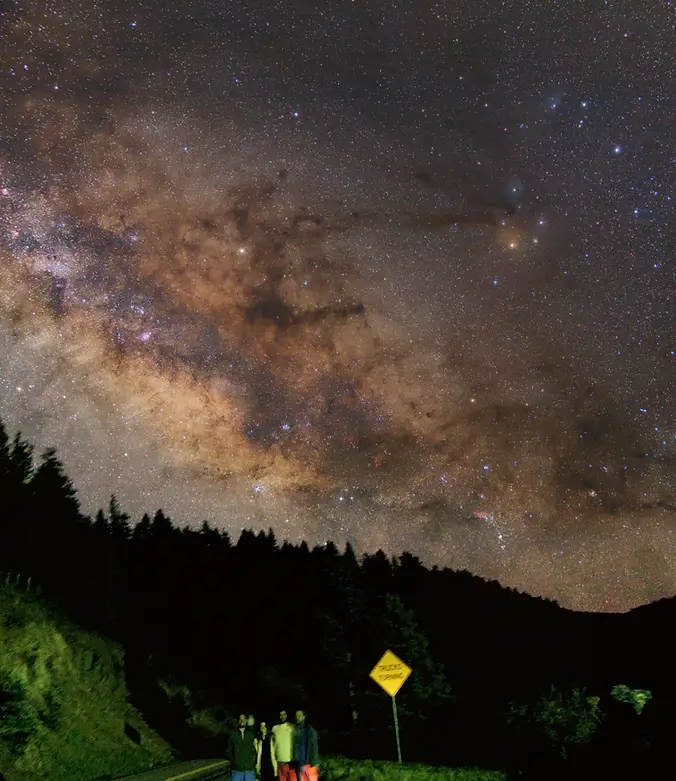
This shot was taken out in southern Colorado near Wixson Mountain on July 31st, 2017.
To date, this is still one of the most important images in my whole collection.
It was taken with three other friends that I was doing geologic fieldwork with in Colorado at the time.
We were mentally and physically exhausted from all the work we had been doing over the previous month and we finally got a day off.
I immediately asked them if they wanted to come with me to go see the Milky Way, to which they responded that none of them had ever seen it before.
I immediately pulled Dark Site Finder and looked for a dark location that seemed close enough to our field location while also being a great dark site with a nice view to the south of the Milky Way during this time of the year.
I eventually noticed there was a nice road about an hour from camp that would put us in a nice Bortle 3 location which would make for perfect viewing of the Milky Way.
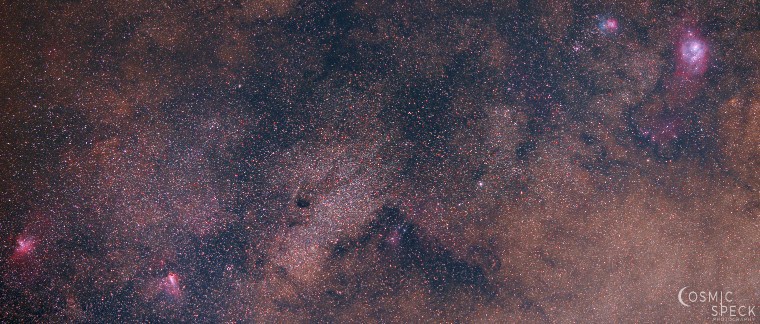
What Equipment Did You Use?
Being in the field meant I had a general lack of equipment compared to what I normally have access to.
Instead, my nicer cameras and lenses were over 1000 miles away back in Louisiana. That didn’t stop us though, I knew it would be a special night regardless of the images that came out of it.
So all of us piled into my friend’s old Jeep Patriot while I tried to navigate us up this mountain at midnight while simultaneously telling ghost stories to keep us entertained for the ride.
With me, I had my Canon T3, a Manfrotto tripod, an iOptron SkyTracker Pro, and a Tamron 17-50mm f/2.8 lens.
Far from my usual gear, but the last thing I wanted to do was drop my nice camera down a cliff.
All in all, the equipment was mostly purchased second-hand from eBay or locally on Craigslist and cost me a total of under $500.
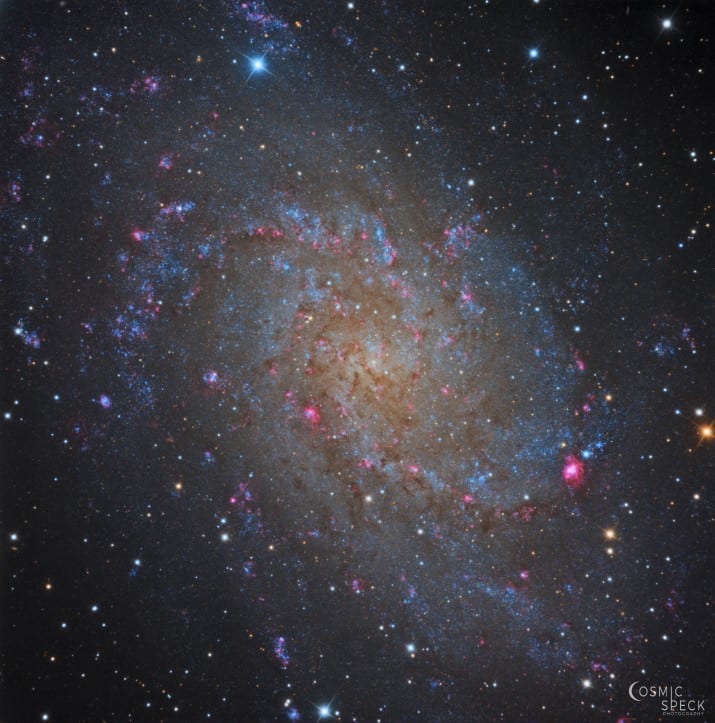
How Did You Compose the Shot?
Upon arriving to the spot I picked out, I immediately got out of the car and saw the Milky Way painted across the sky.
Normally I need to point out to friends where it is in the sky because it isn’t obvious due to light pollution, this was the exception though for sure. They could easily see objects such as Messier 8 and the Dark Horse with no issue or even really needing help from me.
The above image was the one from that night, me on the far right.
The image consists of 15×60” exposures taken at f/3.5 and ISO 800.
One final 60” exposure was taken with the tracking turned off to include all of us within the final image.
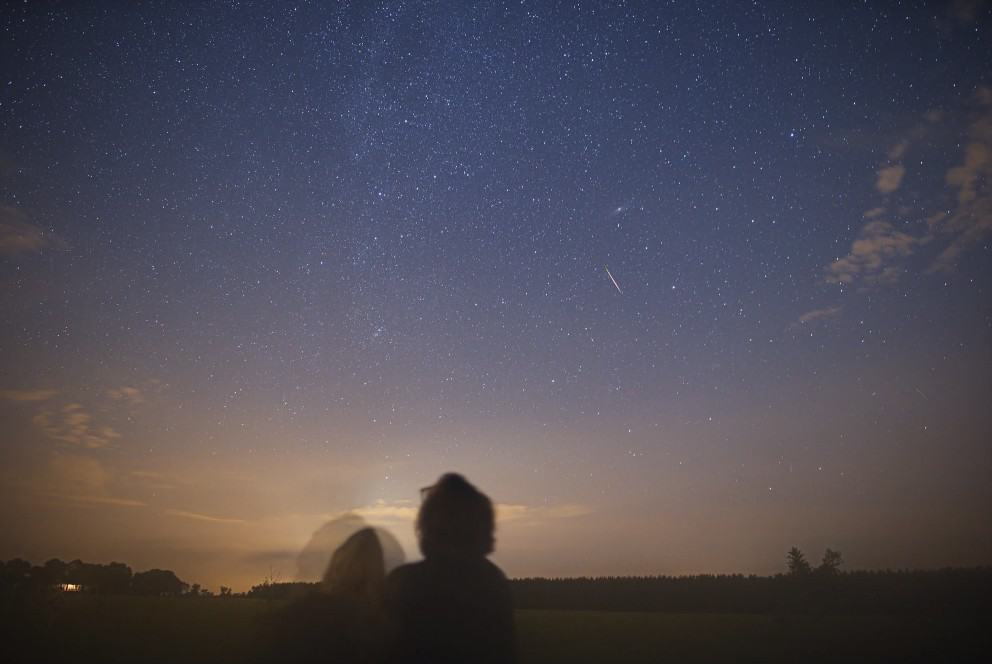
What Post-Processing Did You Do?
I originally had edited the image back at camp the same night using PixInsight as my go-to astrophotography processing software but it led to “eh” results.
I chalked this up to the equipment and lack of exposure time and called it a fun night regardless.
It wasn’t until I was finished with the field work and back in my office that I decided to give the image another edit again in November and produced the final image seen above.
A fresh set of eyes really brought the image to life.
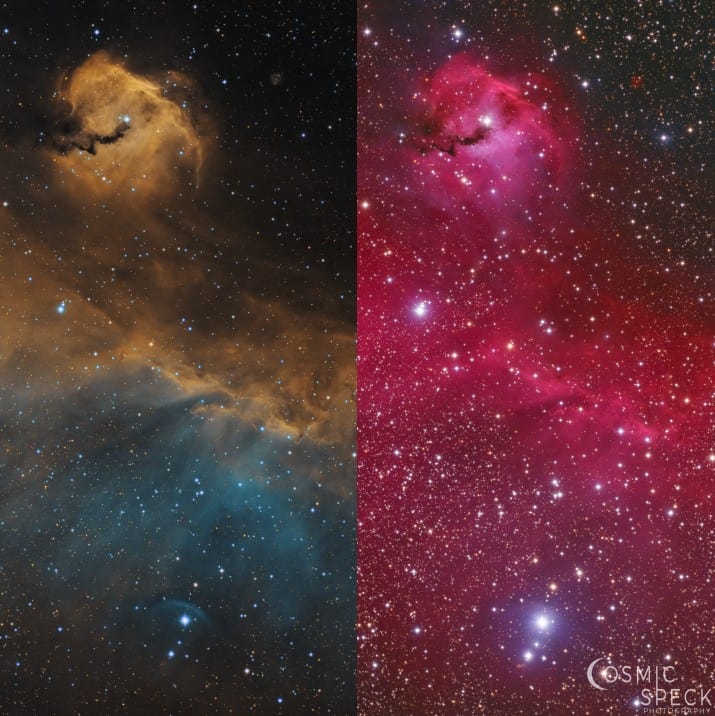
Can You Recommend Any Learning Resources For Other Astrophotographers?
My experience with PixInsight was self-taught over the course of years.
I have edited hundreds and hundreds of images from my own images to other images that people would send me the data for to play around with.
This was one of the things that improved me the most. Seeing others produce with the same data always gave me something to strive to achieve when editing, and eventually, something to do better than.
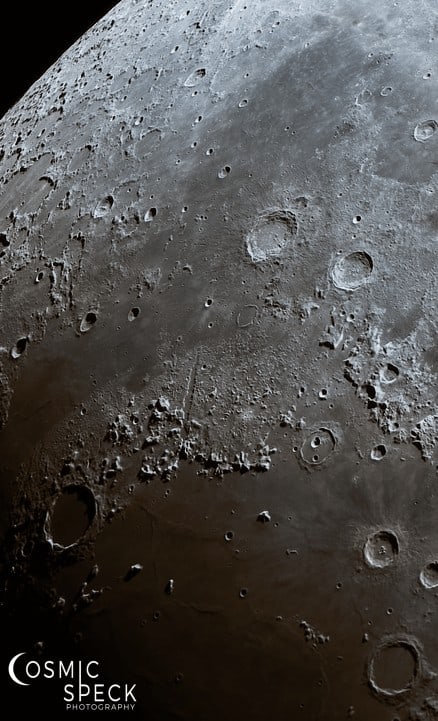
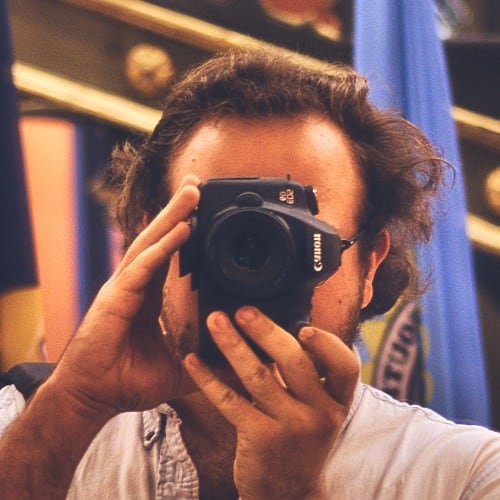
About You – Connor Matherne
Currently I am located in Baton Rouge, Louisiana. I graduated from Louisiana State University with a degree in geology, and now currently conduct research there within their Planetary Science Laboratory.
My area of focus right now lies within Northeast Syrtis Major, a volcanic complex on Mars and a potential Mars 2020 landing site.
I am also in the process of developing a project to research a potential impact crater located outside Baton Rouge, but research there has not begun just yet.
I love my job though as it allows for to combine my two largest passions, geology, and astronomy.
Astrophotography is just an amazing hobby for me, I have no plans to ever do it for a living.
I do however have a couple of side jobs where I take senior pictures for students at LSU and also work for a remote observatory known as Deep Sky West by running their social media.
Working for Deep Sky West allows me to stay involved with astronomy as much as I can while my research consumes all of my other time.

My current goal with astronomy is to share my love for it with anyone I can.
You can find me constantly at outreach events with the local astronomy club to give people the opportunity to look through a telescope.
Never once did I have someone look through my telescope for the first time and not immediately exclaim how amazing what they were looking at was.
I urge you all reading this to either go look through a telescope if you never have, or if you own a telescope, do everything you can to share it with others around you.
If you would like to find me elsewhere online, here is where I tend to hang around:
- Astrobin
- Cosmic Speck – my personal website
Featured Image at the top of the article: “A 4k wallpaper I made out of my favorite images from myself and we’ve taken at the observatory over the years. From left to right: Eastern Veil Nebula, Pelican nebula, Messier 78, Fireworks Galaxy, the Moon, Andromeda, NGC 1333, Markarian’s Chain, the Horsehead Nebula, and the Milky Way” (Credit: Connor Matherne)
(This interview was first published on May 12, 2018)



